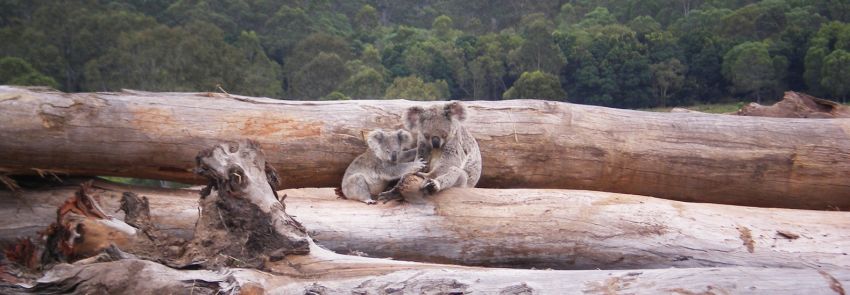
While Australia was in the throes of a federal election campaign, the United Nations released a report warning that nature is declining globally at rates unprecedented in human history.
The Intergovernmental Science-Policy Platform on Biodiversity and Ecosystem Services (IPBES) report, Global Assessment Report on Biodiversity and Ecosystem Services, is the most comprehensive ever completed. Compiled by 145 expert authors from 50 countries over the past three years, with inputs from another 310 contributing authors, the report assesses changes over the past five decades. It provides a comprehensive picture of the relationship between economic development pathways and their impacts on nature. It also offers a range of possible scenarios for the coming decades.
According to the report, nature is being destroyed at a rate tens to hundreds of times higher than the average over the past 10 million years. More than a million species are at risk of extinction, natural ecosystems have declined by about 47% and the biomass of wild mammals has fallen by 82%. All of this is largely because of human activity. And the resulting impacts are likely to worsen unless immediate action is taken.
In Australia, of the 1250 plant and 390 terrestrial animal species listed as threatened, 964 plants and 286 animals are threatened by deforestation and the resulting habitat fragmentation or degradation. These include Carnaby’s cockatoo, southern cassowary, Bennet’s tree kangaroo, Cape York rock-wallaby, and black-flanked rock-wallaby. It also includes the iconic koala, recently listed as vulnerable to extinction in Queensland and New South Wales.
Australia is clearing forests faster than any other developed country, and since European settlement 40% of forests have been cleared and much of the rest is degraded or fragmented. Deforestation and tree-clearing was off the radar during last months’ election campaign.
Labor’s electoral defeat put paid to a national plan to avert galloping species extinction any time soon. The platform Labor took to the election had been to implement national legislation controlling land clearing, along the lines of the laws introduced in Queensland a year ago.
Previous measures adopted between 1999 and 2006 in Queensland were at the time promised as an end broadscale clearing. In 2013, the Campbell Newman Liberal-National Party government removed many of those restrictions. Since then deforestation accelerated.
The new laws passed in May last year were welcomed by conservationists as an important first step. Tim Seelig of the Queensland Conservation Council said: “We would have liked to have seen the reforms go further in some areas, and we believe there will be more work to do to protect threatened species habitats and other native woodlands.
“But let’s not miss the significance of this moment. For the past five years, our native woodlands have been exposed to unnecessary and unrestrained land clearing.”
On May 13, the latest NSW State of the Environment Report was released. In just three years, the number of critically endangered species jumped 30%, approved land clearing skyrocketed by 244%, and 1025 native species are now threatened with extinction.
This coincided with the introduction of laws in NSW that weakened land clearing regulations. In 2016–17, the year before the introduction of NSW native vegetation laws, land clearing rose by more than 50%.
Documents obtained by The Sydney Morning Herald under freedom of information laws show that 20,200 hectares of land were cleared for crops, pasture or thinning in 2016–17, up from 13,100 hectares the previous year and at least double the amount for any year between 2009–10 and 2014–15.
Clearing from forestry increased from 21,800 hectares in 2015–16 to 33,500 hectares in 2016–17.
“This is more damning evidence that under Premier [Gladys] Berejiklian deforestation and land clearing are out of control and rapidly rising, with dire consequences for threatened species like koalas,” Kate Smolski, the chief executive of the NSW Nature Conservation Council, said.
“The scariest thing about this data is that it only represents the two years prior to new land-clearing laws introduced at the end of 2017.”
Oisín Sweeney, a senior ecologist at the National Parks Association, said the new laws provided for greater intensity of logging, “including in areas that have been protected for decades”.
“It’s therefore highly likely that the impact of logging will become even greater in subsequent report cards,” he said.
“EPA [Environment Protection Authority] data shows that, on average, 20% of logged areas fail to regenerate. So the more forest we log, the more forest we lose.
“Given the context of dual nature and climate crises, the figures again highlight how we urgently need to transition away from industrialised logging and protect our forests to prevent extinctions and store carbon.”